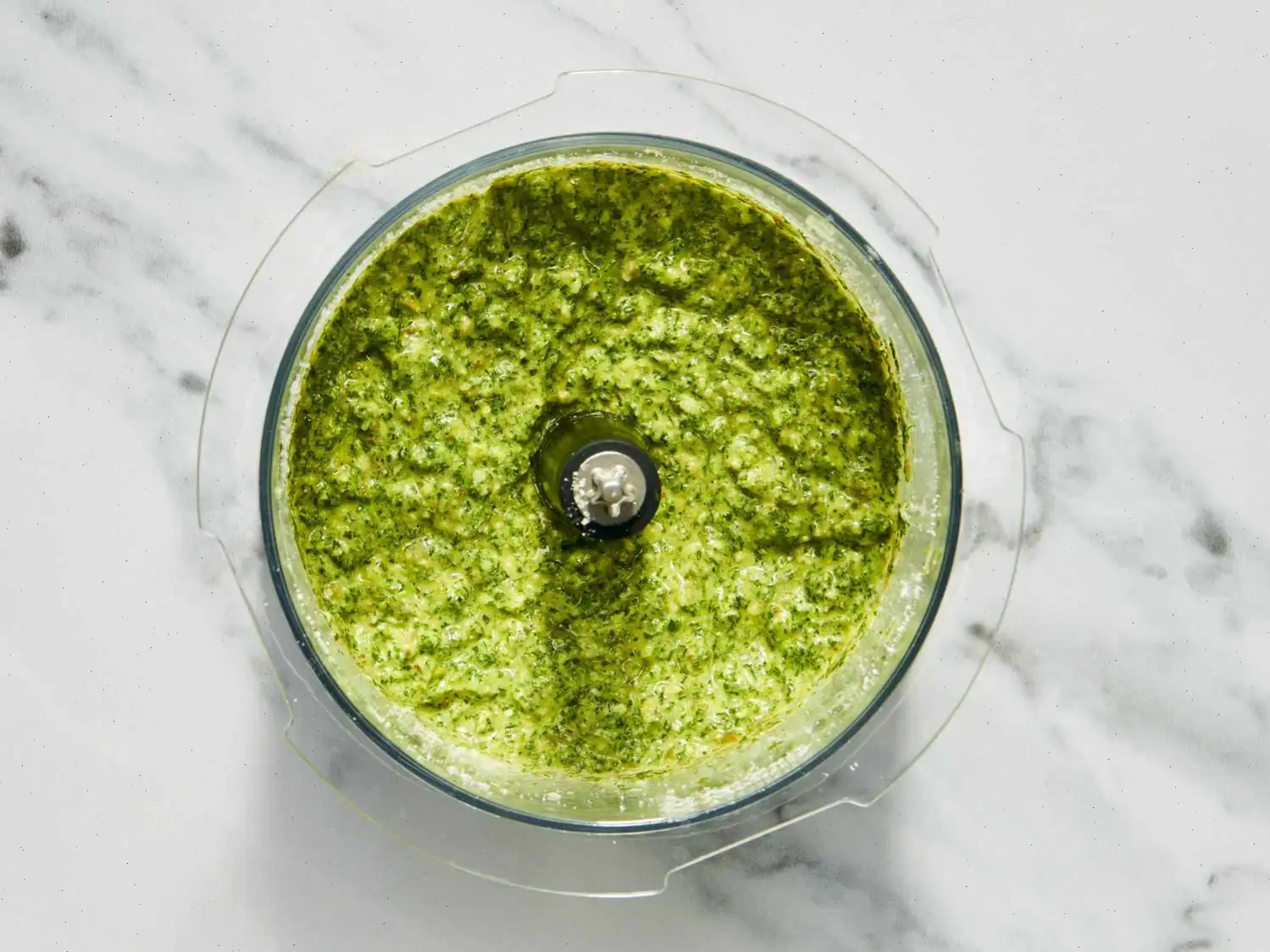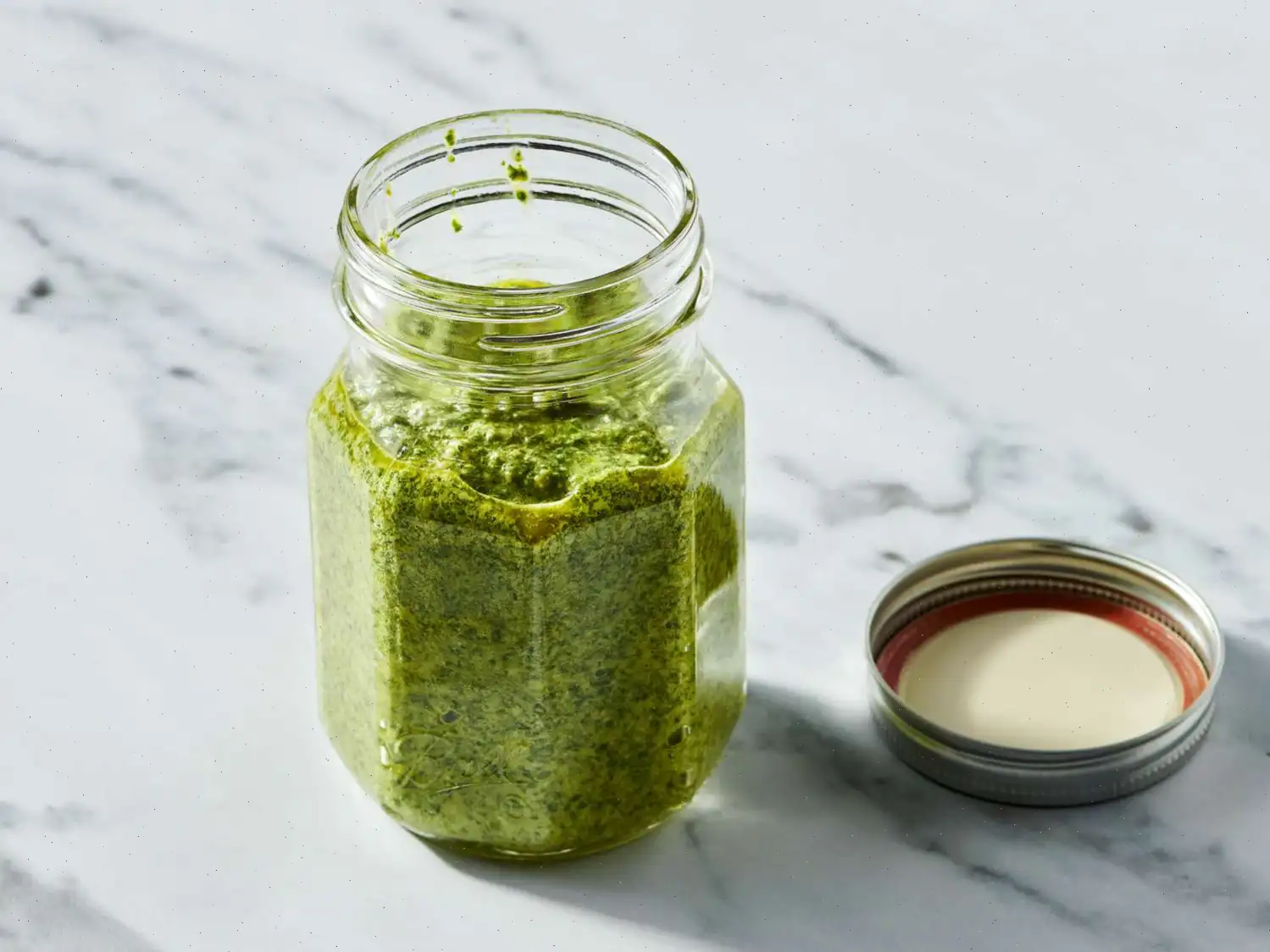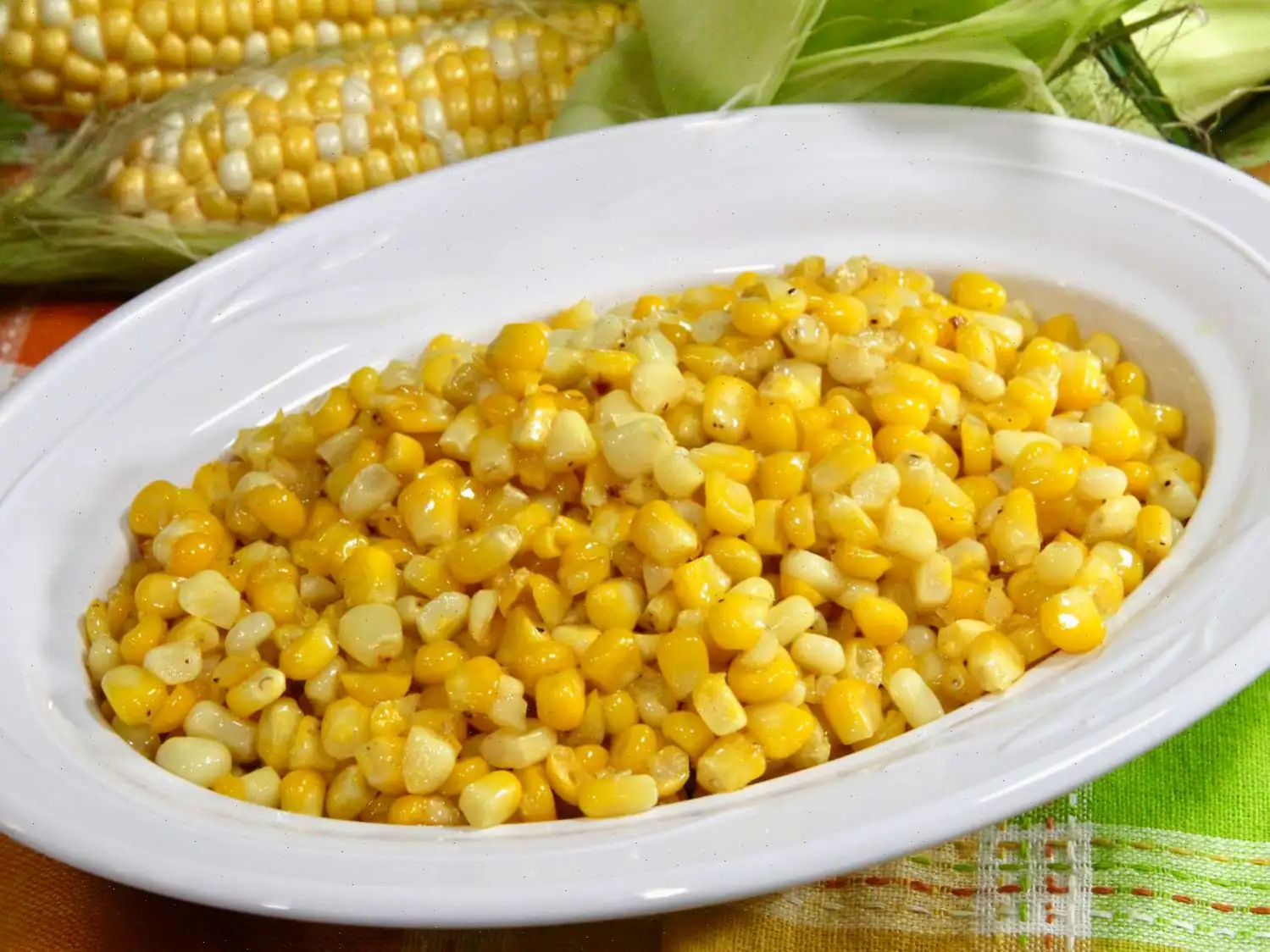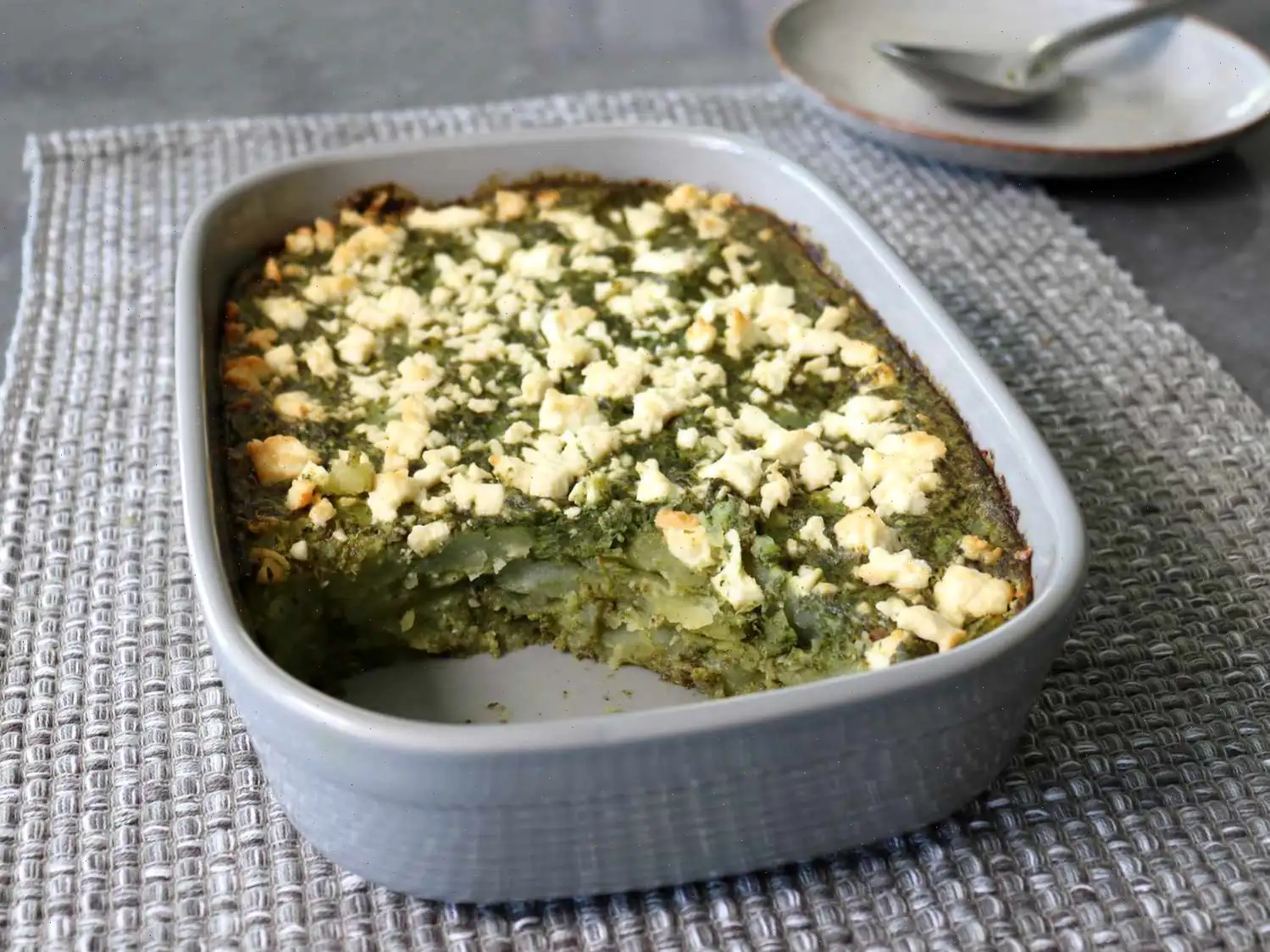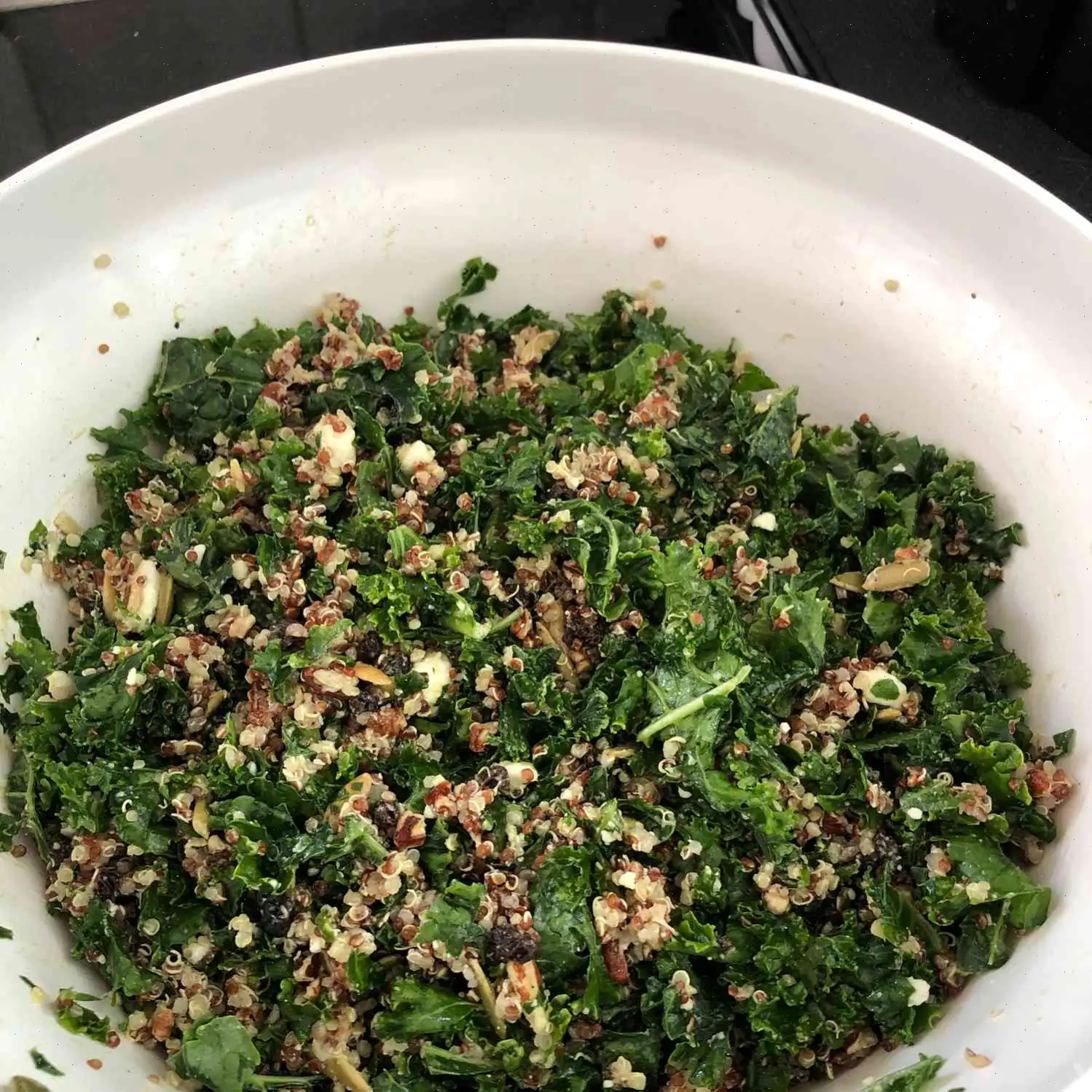
Caper Pesto Recipe
Ingredients:
- 2 cups packed fresh basil leaves
- 1/2 cup freshly grated Parmesan cheese
- 1/2 cup olive oil
- 1/3 cup pine nuts
- 1/4 cup chopped green onions
- 1/4 cup packed fresh dill
- 3 tablespoons capers
- 3 tablespoons lemon juice
- 1 1/2 teaspoons lemon zest
- 2 cloves smashed garlic
- 1/4 teaspoon salt
- 1/4 teaspoon freshly ground black pepper
Directions:
Step 1: Gather all the ingredients needed for the recipe.
Step 2: In a food processor, combine basil, Parmesan, olive oil, pine nuts, green onions, dill, capers, lemon juice, lemon zest, garlic, salt, and pepper.
Step 3: Process the mixture until it becomes nearly smooth.
Step 4: To serve, toss approximately 1/4 cup of the pesto with 2 cups of cooked pasta.
Step 5: Store any leftover pesto in an airtight . It will keep for up to 1 week in the refrigerator or can be frozen for up to 3 months.
Nutrition Facts:
- Servings per recipe: 12
- Calories per serving: 126
Amount per serving:
- Total Fat: 13g (16% DV)
- Saturated Fat: 2g (10% DV)
- Cholesterol: 4mg (1% DV)
- Sodium: 172mg (7% DV)
- Total Carbohydrate: 2g (1% DV)
- Dietary Fiber: 0g (1% DV)
- Total Sugars: 0g
- Protein: 2g (4% DV)
- Vitamin C: 2mg (3% DV)
- Calcium: 48mg (4% DV)
- Iron: 0mg (3% DV)
- Potassium: 57mg (1% DV)
* Percent Daily Values are based on a 2,000 calorie diet. Your daily values may be higher or lower depending on your calorie needs.

The caper pesto is a fresh take on the traditional Italian pesto, incorporating capers to provide a briny, tangy depth of flavor. This variation combines basil, dill, and lemon with the distinctive flavor of capers, resulting in a vibrant and aromatic spread. It can be used in the same way as classic pesto: as a pasta sauce, sandwich spread, or even a dip for vegetables and crackers. In this article, well explore the history of pesto, its regional variations, and what makes this caper pesto unique.
History of Pesto
The word "pesto" originates from the Italian word "pestare," meaning "to crush" or "to pound." The classic Genovese pesto was first documented in the city of Genoa, in the region of Liguria, Italy, during the 16th century. It traditionally consists of basil, garlic, pine nuts, Parmesan cheese, olive oil, and salt, all mashed together with a mortar and pestle. This simple yet flavorful sauce quickly spread throughout Italy and beyond, becoming a favorite for its versatility and fresh taste.
As time went on, chefs began experimenting with different variations of the classic pesto, using ingredients like sun-dried tomatoes, arugula, or even kale. The caper pesto, a more modern interpretation, replaces the typical pine nut-heavy base with a briny, sharp addition of capers, creating a distinctly different flavor profile that stands out from the traditional basil and nut-based pesto.
Regional Variations of Pesto
While the classic Genovese pesto is the most famous, each region in Italy has its own take on the recipe. For instance, in Sicily, pesto often includes tomatoes and almonds, while in Naples, a pesto made with tomatoes, garlic, and walnuts is common. Some pesto variations even incorporate more unusual ingredients, such as mint or parsley, to give the sauce a regional twist.
The caper pesto is believed to have originated in southern Italy, where capers grow abundantly in the Mediterranean climate. This pesto version is particularly popular in coastal areas where seafood and briny flavors are central to the local cuisine. The briny taste of capers complements the fresh, aromatic herbs, making it an ideal accompaniment to pasta, grilled fish, or roasted vegetables.
What Makes Caper Pesto Different?
What sets caper pesto apart from traditional pesto is its use of capers, which lend a sharp, tangy flavor that contrasts with the sweetness of basil and the richness of Parmesan. Capers are the unopened flower buds of the caper bush and are typically preserved in brine or salt. Their salty, vinegary punch is a key component of Mediterranean cuisine, and in pesto, it adds a refreshing twist that balances the herbaceous notes of the basil and dill.
Unlike traditional pesto, which is often made with pine nuts, the caper pesto uses a combination of pine nuts and capers for texture and flavor. The inclusion of green onions and fresh dill adds an aromatic layer to the sauce, while the lemon juice and zest bring a zesty brightness that elevates the overall dish. This makes caper pesto a great alternative for anyone looking to add a unique twist to their pesto recipes.
Where is Caper Pesto Usually Served?
Caper pesto is often served in a variety of Mediterranean-inspired dishes. It pairs exceptionally well with pasta, particularly linguine or spaghetti, where its bold, briny flavor can shine through. It is also commonly used as a topping for grilled meats or fish, offering a flavorful contrast to the rich, smoky char. In addition to its use with main courses, caper pesto can be spread on toasted bread or used as a dip for fresh vegetables and crackers at parties and gatherings.
In Italy, its not uncommon to find this pesto variation served as part of an antipasti platter, alongside olives, cheeses, and cured meats. Its also a popular accompaniment to seafood dishes, such as grilled shrimp or roasted anchovies, where its tangy flavor enhances the delicate taste of the fish.
Interesting Facts about Caper Pesto
- Caper pesto is a versatile sauce that can be made in advance and stored in the refrigerator for up to a week, or frozen for up to three months.
- The caper bush (Capparis spinosa) is native to the Mediterranean region, and capers have been used in cooking for thousands of years. They are often harvested by hand and then preserved in salt or vinegar.
- The bright, tangy flavor of capers is thought to have medicinal properties. They have been used in traditional medicine to treat everything from digestive issues to high blood pressure.
- Though pesto is often associated with Italy, variations of pesto can be found in many other cultures. For example, in Lebanon, theres a version made with parsley and walnuts, while in India, a similar sauce called "pesto" might use cilantro and cashews.
Whether youre looking to try something new with your pasta or want a creative dip for your next gathering, caper pesto is an exciting and flavorful option. Its combination of fresh herbs, salty capers, and bright lemon makes it a distinctive alternative to the classic pesto, while still honoring the Italian tradition of using simple, high-quality ingredients.


